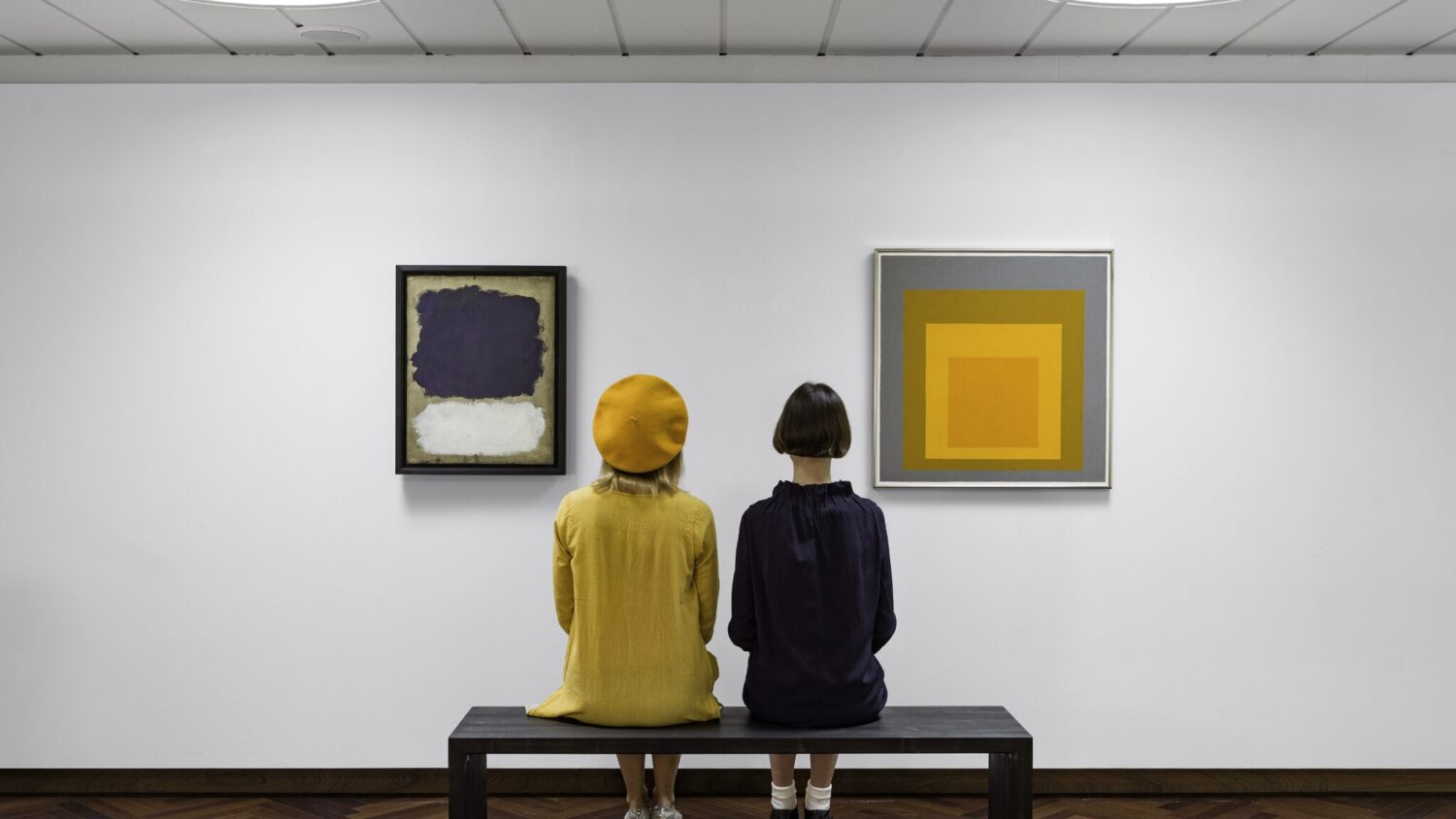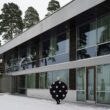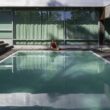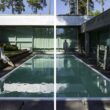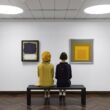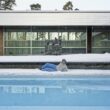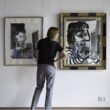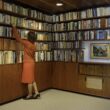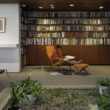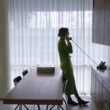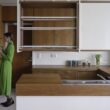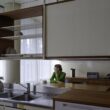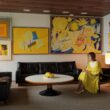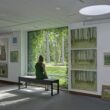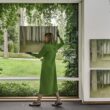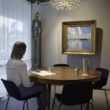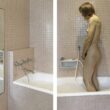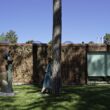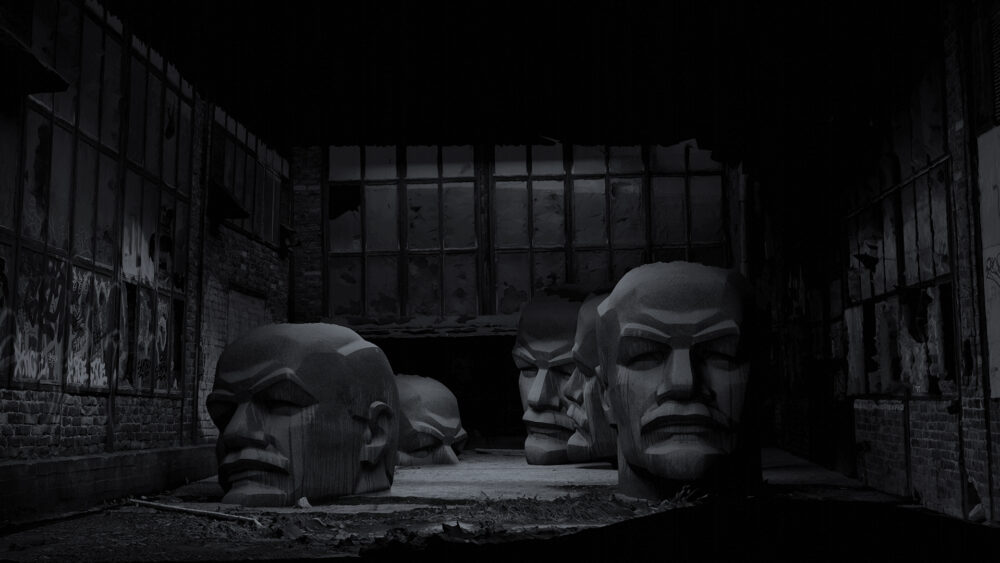The Visitor
Elina Brotherus’s new series The Visitor combines her interest in the iconography of Western art history with her ongoing exploration of the human figure as part of architectural composition. The villa, which is setting for this series, was commissioned by the art collectors Marie-Louise and Gunnar Didrichsen, who initially wanted Aalto to design it. The internationally acclaimed architect declined, but instead recommended his colleague Viljo Revell, who went on to design it.
As Elina Brotherus works her way through Villa Didrichsen, she does so in symbiosis with Revell’s architecture and the museum’s art collection. She is, as usual, her own model, and in this way breathes life into Juhani Pallasmaa’s idea that architecture must be experienced in resonance with life, be it real, remembered or imagined. Brotherus’s physical presence adds a sense of space and proportion, while her clothing and body language add to the narrative atmosphere of the art works.
As a whole, the project constitutes a meta-commentary on Brotherus’s earlier body of work. The references to art history are both serious and humorous; Brotherus admires the museum’s art collection while also playing with it. Even as she is passively observing an art work, as a model, she makes sure to actively reflect or comment on it with her posture.
Echoes of the past can be felt throughout The Visitor. As Brotherus takes possession of Villa Didrichsen, she creates works that remind us that the building is part of an architectural heritage, but that it is above all a construction made by people and for people. Everything we see in the images is there for us: the art, the countless books, the yellow vase of tulips yet to bloom. Vibrating with memories of lives that have been.*
Elina Brotherus (1972) lives and works in Helsinki, Finland and Avallon, France. She has an MA degree in Photography from the University of Art and Design Helsinki (now Aalto University) and an MSc in Chemistry from the University of Helsinki. She started exhibiting internationally in 1997. Her works are in public collections including the Pompidou Centre, Paris, Kiasma Museum of Contemporary Art, Helsinki, Moderna Museet, Stockholm, Museum Folkwang, Essen, and MAXXI, Rome, to name a few.
*Excerpt from Helena Korpak’s essay Art of the visiting history, published in the exhibition catalogue at Didrichsen Villa
